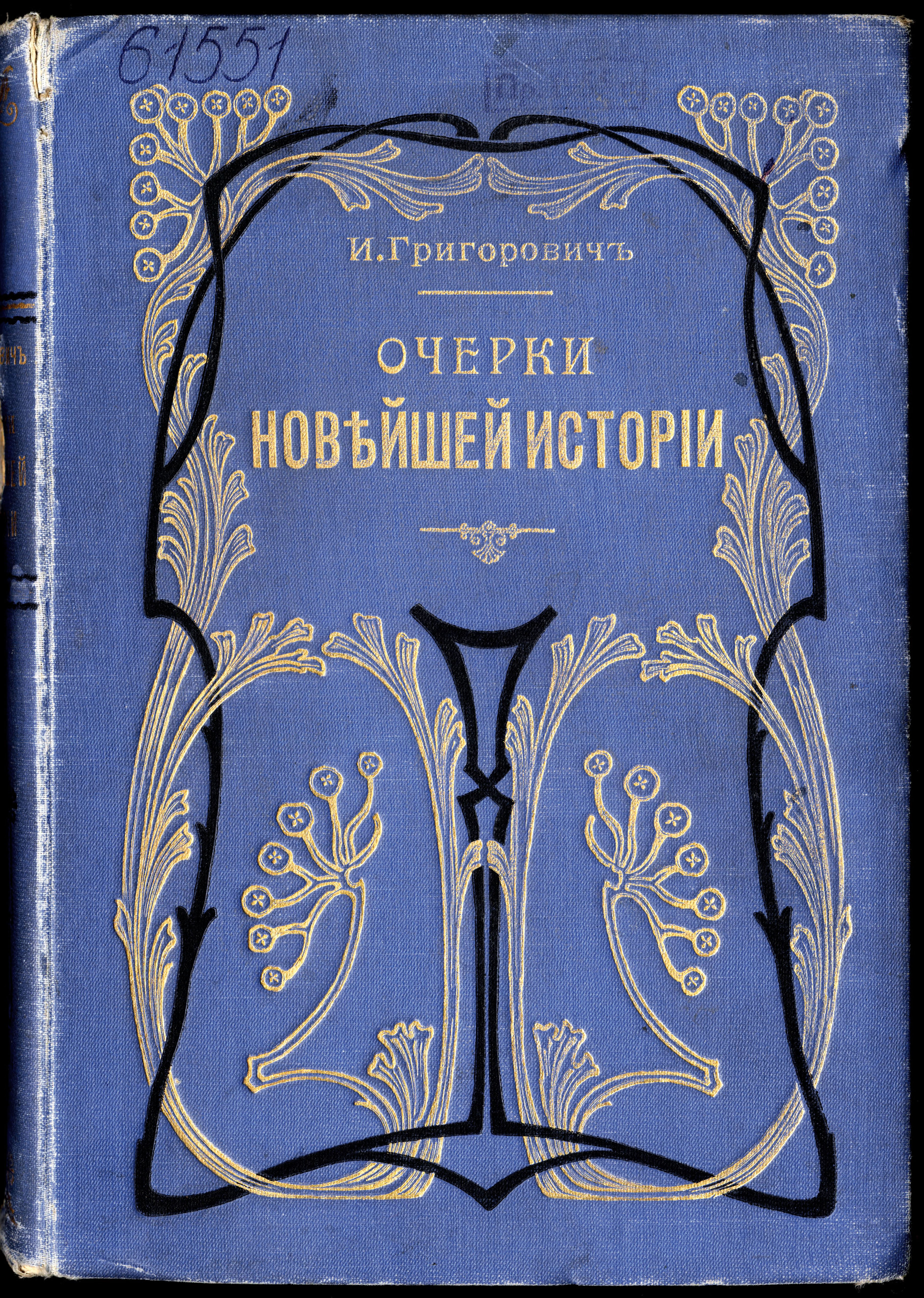New exhibition in the department of Rare Books
вторник 25 марта 2025, 13:33

|
____
|
The Rare Books Department opened an exhibition devoted to typographical bindings. In the vitrines there are books published by the most famous and large publishing houses of the second half of the XIX century - the “Partnership of M. O. Wolf’, “Partnership of I. N. Kushnerev and Co”, “Partnership “Mir” (World), printing house of A. S. Kushnerov and Co., С. Suvorin's printing house and others.
The end of the XIX century in Russia was a time of a rapid development of book culture. After the reform of 1861, which freed the peasants, and other accompanying reforms that brought about many changes in society, interest in education and reading increased, and the use of machines and mechanized processes enabled the production of books to be accelerated.
Hand binding begins to become a thing of the past after the advent of factories in the 1860s. The use of lithographed cardboard binding is becoming more common, which speeds up and reduces the cost of production. At the same time, the emergence of new materials such as calico (a cotton cloth of plain weave impregnated with a binder such as starch) and Lederin (a cloth- or paper-based covering impregnated with a binder and covered with a film or varnish on the front side) made it possible to create stronger and more durable bindings.
Publishers of the late XIX century in Russia understood the importance of the appearance of a book to attract readers. The most common design colour was red - eye-catching, bright, beautiful. But books in blue, green shades, decorated with gold (more rarely silver) or coloured embossing were also successful. At the bottom of the spine, in place of the traditional location of the owner's super-ex libris, one could now find the publisher's stamp - a symbolic trademark of the publisher or simply the name's title signature.
• The subject matter of the book did not have any special significance for the binding. Certainly, fiction was designed in a spectacular way (for example, the collections of V. A. Zhukovsky and G. Heine presented at the exhibition), but geographical descriptions, economic or historical studies, and biographies could also be produced in exquisite, attractive bindings. The binding was often designed in co-operation with artists and graphic artists.
You can get acquainted with the books presented at the exhibition in the reading room of the department of Rare Books of the University Library (4 Turgeneva St., room 356) from Monday to Friday from 9 am to 5 pm, on Saturday – from 9 am to 4 am.
Author: Anastasiia Komarova
Translator: Anastasiia Smorkalova
|



